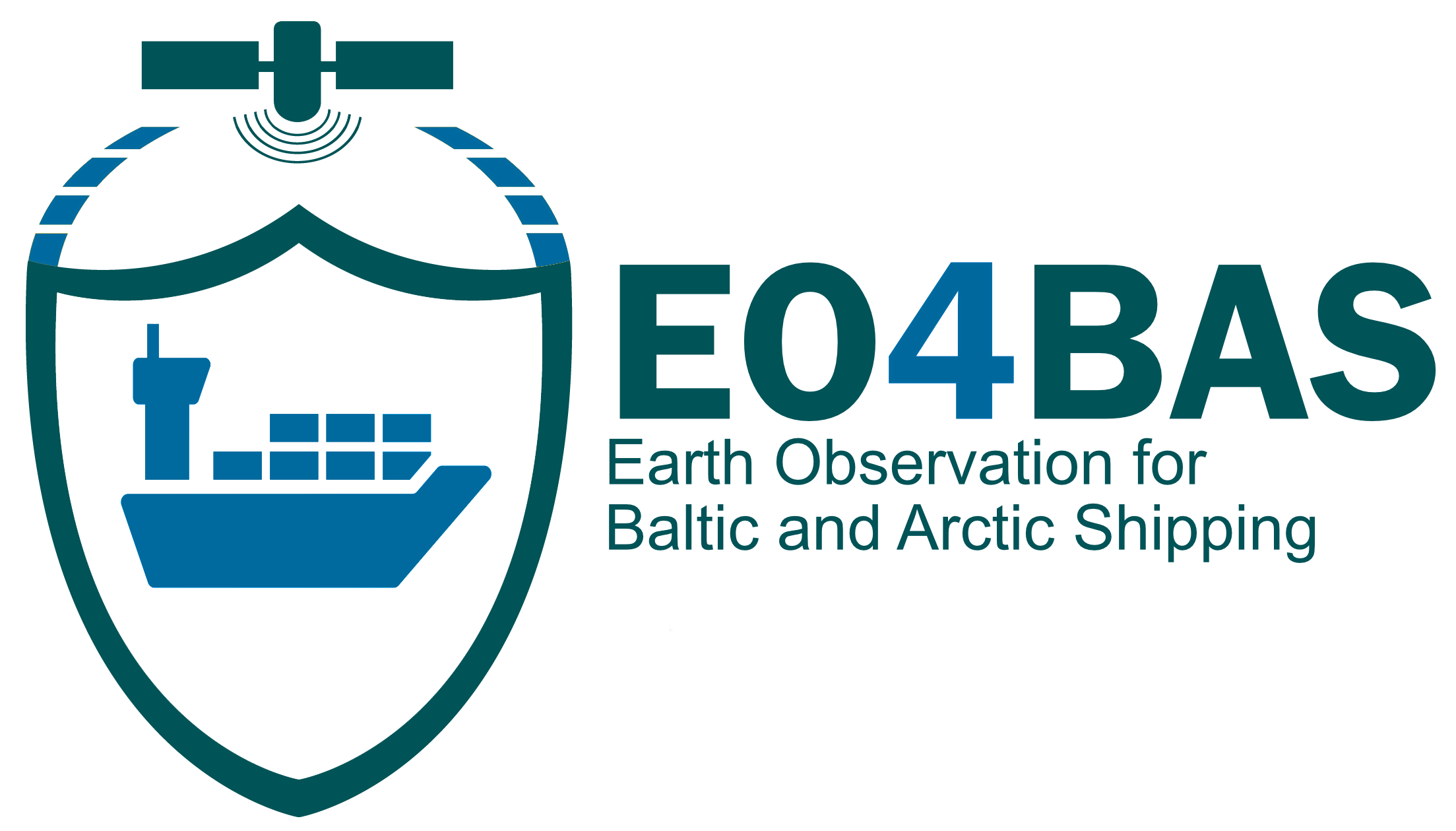EO Products / Sea current monitoring
his product is a L4 REP and NRT global total velocity field at 0m and 15m together wiht its individual components (geostrophy and Ekman) and related uncertainties. It consists of the zonal and meridional velocity at a 1h frequency and at 1/4 degree regular grid. The total velocity fields are obtained by combining CMEMS satellite Geostrophic surface currents and modelled Ekman currents at the surface and 15m depth (using ERA5 wind stress in REP and ERA5* in NRT). 1 hourly product, daily and monthly means are available. This product has been initiated in the frame of CNES/CLS projects. Then it has been consolidated during the Globcurrent project (funded by the ESA User Element Program). https://data.marine.copernicus.eu/viewer/expert?view=dataset&dataset=GLOBAL_ANALYSISFORECAST_PHY_001_024
Source: https://data.marine.copernicus.eu/product/MULTIOBS_GLO_PHY_MYNRT_015_003/description
Product Description
Sea currents or estimates of the horizontal flow of water near the sea surface can be derived from satellite data and models. Satellites equipped with microwave monitoring instruments, optical imagers, and infrared radiometers can map ocean variables related to ocean currents, sea ice, and sea surface. Sea currents from satellite products include, e.g.:
- OSCAR from NASA JPL, a product that contains near-surface ocean current estimates, derived using quasi-linear and steady flow momentum equations. The horizontal velocity is directly estimated from sea surface height, surface vector wind and sea surface temperature. These data were collected from various satellites and in situ instruments.
- Reanalysis and forecast products from the Copernicus Marine Service:
- a forecasting product, ARCTIC_ANALYSIS_FORECAST_PHYS_002_001_available since 1 Jan 2018,
- a re-analysis product ARCTIC_MULTIYEAR_PHY_002_003 available from 1 Jan 1991 to 31 Dec 2022.
Both are based on the operational TOPAZ4 Arctic Ocean system which uses the Hybrid Coordinate Ocean Model (HYCOM) developed at University of Miami (Bleck, 2002) coupled to a sea ice model, and the deterministic version of the Ensemble Kalman filter (DEnKF) to assimilate remotely sensed as well as temperature and salinity profiles. The output is interpolated onto standard grids and depths. The model's native grid covers the Arctic and North Atlantic Oceans with fairly homogeneous horizontal spacing (between 11 and 16 km). Small differences between the two products are the number of vertical layers and the assimilation scheme used. Priority can be given to the re-analysis product, if covering the period when the sea current must be extracted; otherwise, the forecasting product is the alternative source of data.
Product Specifications
BUSINESS PROCESS | SC, IN, SO |
DESCRIPTION | Sea currents from satellite are measurements or estimates of the horizontal flow of water near the sea surface, derived from satellite data and models. |
EO INFORMATION OF INTEREST | Ocean Surface Current Analyses-Real time |
MAIN PROCESS STEPS | · OSCAR ocean mixed layer velocities are calculated from satellite-sensed sea surface height gradients, ocean vector winds, and sea surface temperature gradients using a simplified physical model for geostrophy, Ekman, and thermal wind dynamics (Earth and Space Research, n.d.). · TOPAZ4 Arctic Ocean system which uses the Hybrid Coordinate Ocean Model (HYCOM) coupled to a sea ice model, and the deterministic version of the Ensemble Kalman filter (DEnKF) to assimilate remotely sensed as well as temperature and salinity profiles. The output is interpolated onto standard grids and depths. |
INPUT DATA SOURCE | OSCAR multiple sensors TOPAZ 4 satellite and in situ observations, atmospheric forcing, river run off data |
SPATIAL RESOLUTION AND COVERAGE | 12.5 - 25 kmLat 50° to 90°; Lon -180° to 179.88° |
ACCURACY / CONSTRAINS | OSCAR 0.1 m/s Not specified accuracy for sea surface currents. The accuracy of TOPAZ4 reanalysis for ocean surface current is about 0.05 m/s (root mean square error) and 0.8 (correlation coefficient) in the Nordic Seas, and about 0.1 m/s and 0.7 in the Barents Sea, respectively (Johnson et al., 2007). The accuracy of OSCAR and TOPAZ ocean surface current depends on the region and the season of interest. Both OSCAR and TOPAZ are derived from satellite datasets using different methods and assumptions, so they may have different uncertainties and biases depending on the region and time period. |
LIMITATIONS | OSCAR and |
TOPAZ4 are two different models for ocean currents, with different strengths and limitations. OSCAR is a simplified physical model that calculates surface currents from satellite datasets, while |
TOPAZ4 is a data assimilation system that provides reanalysis and forecast products for the Arctic Ocean. Some of the limitations of OSCAR are, see Johnson et al.(2007): · It does not resolve the vertical structure of the ocean, only the surface layer . · It has a coarse spatial resolution (25 km), which may not resolve the mesoscale features . Some of the limitations of |
TOPAZ4 (Bertino et al., 2015) are: · It has a limited temporal resolution of daily output for reanalysis and hourly output for real-time forecast · It has a limited spatial resolution of about 12 km, which may not resolve the sub-mesoscale feature · It has some biases in the interior of the ocean and for ice thickness, where observations are sparse | |
TEMPORAL RESOLUTION | OSCAR: 5 days since 1992 to present. |
TOPAZ4: Hourly, Daily, Monthly, products available since 1 Jan 2018 | |
FREQUENCY UPDATE | OSCAR: 5 days TOPAZ4: Daily – Forecast |
following day at 00:30 UTC; Analysis: Mondays at 14:00 UTC Seventh day of following month at 12:00; Monthly | |
DELIVERY / OUTPUT FORMAT | NetCDF-3 and 4 |
ACCESSIBILITY | Copernicus Maritime Serivce, podaac JPL NASA |


